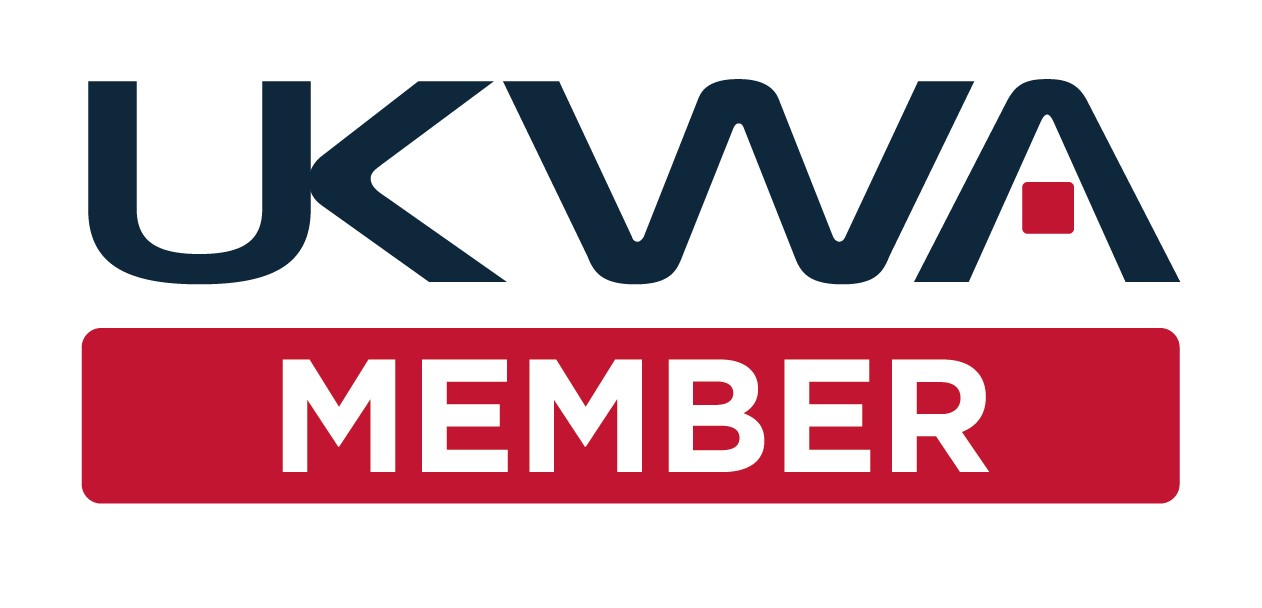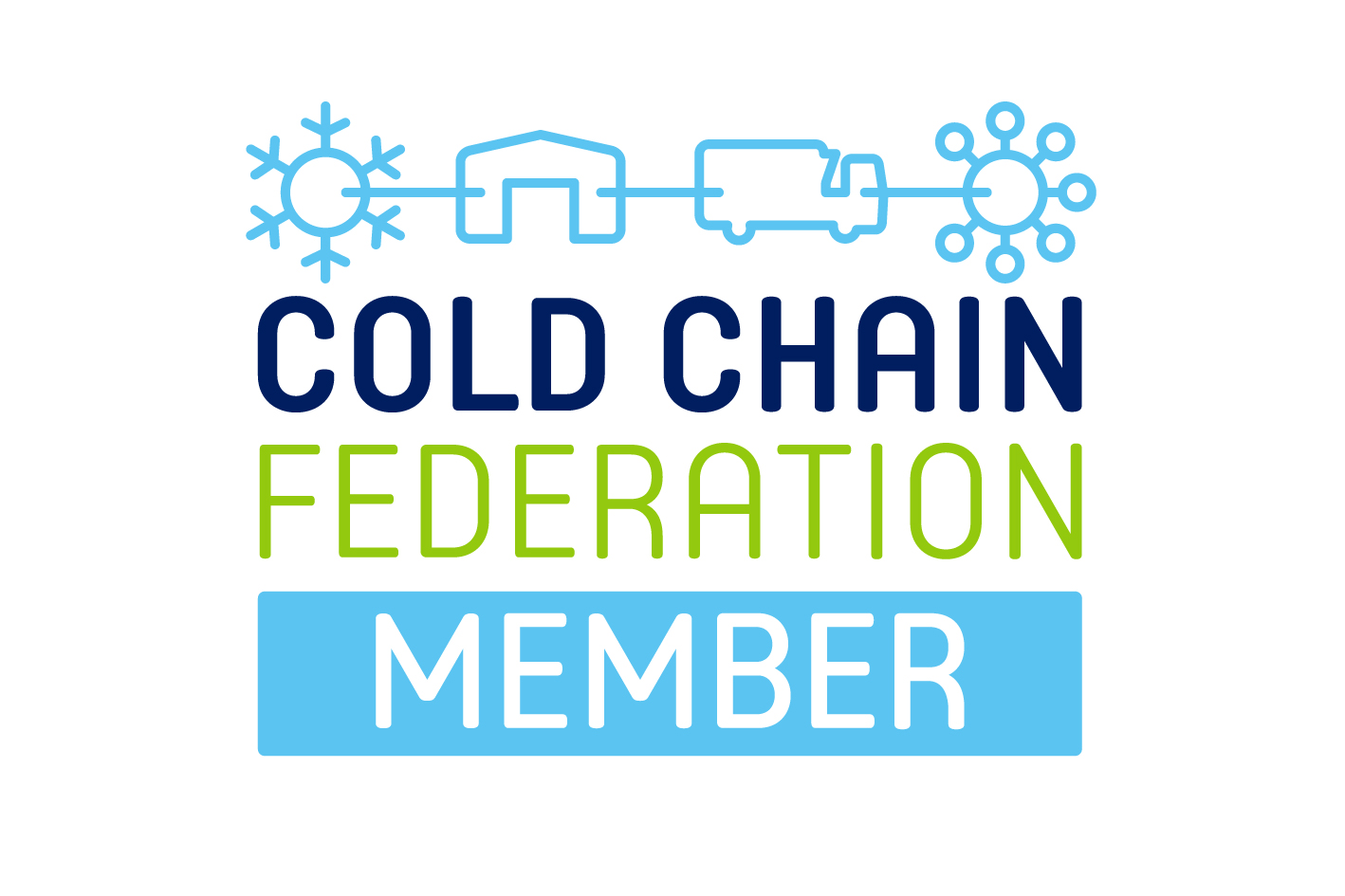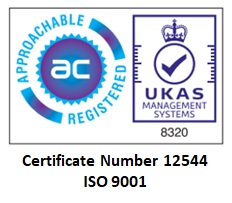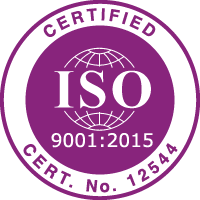Supply Chain Software: Evolving and Overlapping
Supply Chain Software: Evolving and Overlapping
Supply Chain Software Applications Evolving and Overlapping
Will businesses continue to choose specialist applications for each operational scenario?
Specialist warehouse management software providers have long argued for a best-in-class approach where businesses select the application most suited to their needs for each stage of the supply chain. The aim is to create a unique solution that utilises specialist features and functions available from developers with deep technical expertise and business sector experience. The alternative approach, often advocated by ERP suppliers, is an overarching solution based around a single application that covers multiple aspects of the business. Each approach has its ups and downs but this choice has generally been the status quo for a generation or more. But things are changing and applications originally devised to support a specific supply chain process are now widening their own horizons. Will the balance of power change?
Using separate applications for different parts of the business offers the prospect of maintaining competitive advantage by introducing the innovations and upgrades from specialist providers as soon as they are available. On the other hand, integration can be complex – at least until systems are bedded in – and may involve a fair amount of maintenance and support. One of the main advantages of general-purpose business applications, including ERP, is that they meet a wider range of business requirements in one. This avoids, it is claimed, many of the issues around integration and maintenance. Suppliers also argue that the WMS features, for example, of their applications are good enough for many businesses. This may or may not be true but any business that sees warehouse operations as core to its success is probably best served by deploying specialist WMS whatever other applications they use.
In any case the world moves on. Vendors are developing ever more sophisticated applications to meet their customers’ business requirements. WMS and ERP developers are adding more supply chain management (SCM) capabilities to their applications. To do this they either use in-house resources or, more likely, buy a specialist application and incorporate the required features into their existing systems. Broadly, the resulting systems aim to provide complete control of the supply chain, particularly “downstream” processes such as load planning, transport management, route planning, and final delivery. Many of these processes can, of course, be managed by specialist applications so the same arguments as before will apply.
So which approach will win? The short answer is neither. The choice available allows supply chain businesses to specify the application most closely matched to their current and foreseeable requirement. If the warehouse or transport planning is a priority, then a specialist WMS to TMS may be the best solution. But if the features in the ERP (or whatever these all-encompassing systems are called in the future) are good enough then they will present a good option. There will always be a place for both approaches but, as we see so often, innovation can come quickly and is more likely from a dynamic and agile specialist.
AI is a good example. Although WMS and ERP systems have contained AI-like features for some time, in reality these rely on sophisticated programming and logic to make what appear to be complex analyses and decisions. Ultimately, they produce the same results from the same transactional data and inputs because this is what conventional programs do.
Developers are now seeking to use more advanced forms of AI to improve supply chain operations. The emergence of – or at least the public interest in – AI over the past 18 months seems to offer a new model. These new generative AI systems offer more sophisticated analytical capabilities in all manner of applications and settings and developers are beginning to use them. Using AI they can analyse larger data volumes more quickly than previous systems to identify patterns and trends, often learning and adapting as they go. This in turn enables better planning, dynamic operational flexibility, enhanced decision making, and deeper customer experience. As an example, organisations are already using generative AI to analyse customer feedback and identify emerging needs and requirements quicker and with greater insight.
Another area that might offer some early real-world applications will improve the written, graphical, and vocal interactions between systems and people. Applications will use AI to communicate in more naturalistic language with staff members who will be able to use their native or preferred language as a result. This will simplify and shorten training, especially important in sectors which rely on seasonal employment or have a high staff turnover. It will also enhance productivity and efficiency across the board because employees will spend less time understanding and responding to instructions and make fewer mistakes. Innovations enabled by AI, generative AI, and machine learning will perhaps surprise and come faster than we envisage. Who knows, but there is no doubt about the direction of travel.
So where does this leave WMS, ERP, and all the other supply chain applications? As systems add more and more features to meet the overall supply chain requirement, they might also become increasingly similar. The concept of choosing specialist applications to create a unique solution is likely to remain for some time. But it might become less pressing than other business or technical considerations. It is also possible that as these different systems evolve to include more features, they will be based around a core competency to meet the priorities of each customer or sector. Think WMS with excellent features but also offering good-enough ERP and TMS capabilities for businesses whose warehouse operations are critical, or a class leading TMS with good WMS and ERP features built for the transport sector. And so on. As ever the market will decide.
Read more about our WMS solutions here:
ProWMS Enterprise-Grade Advanced Warehouse Management Software
Previous Article
Integrating WMS with Robotics and AutomationNext Article
Planning a New Warehouse? Don’t Delay The WMS!We'll assume you're OK with this, but you can opt-out if you wish.Accept Reject Read More






